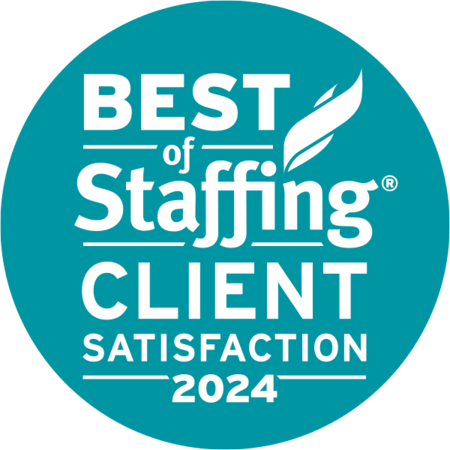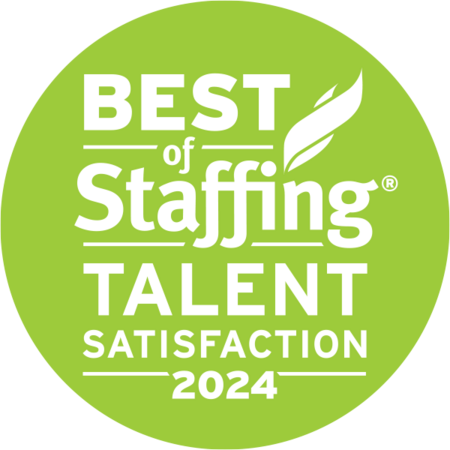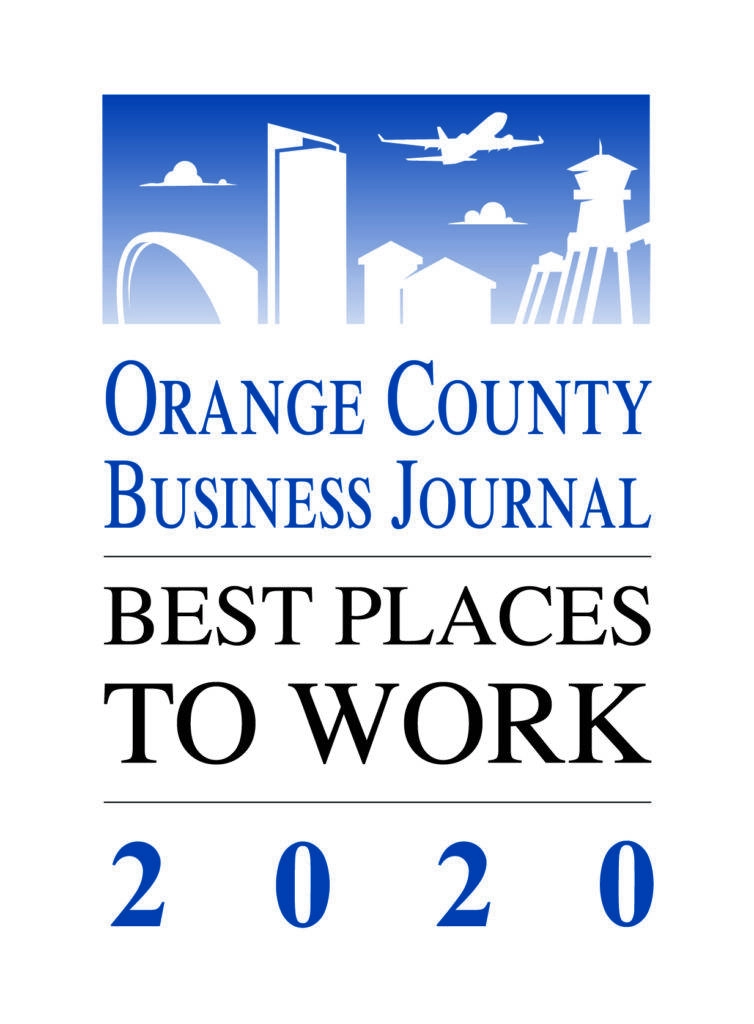As California plans to fully reopen on June 15, many employers are updating — or creating — new COVID-19 workplace policies and procedures. To provide clarity on California law and help reduce liability, Alliance Resource Group (ARG) partnered with a prominent employment law attorney and executive coach to discuss vaccines, masks, work from home (WFH), and labor litigation.
Bringing people back to work safely is top-of-mind for most HR and executive teams, but with evolving federal and state guidelines it’s not always easy to navigate the reentry requirements and recommendations. Power Connections CEO Susan Howington and AALRR Partner Carol Gefis joined ARG CEO Jennie Hannigan for the May 19 webinar: Avoiding Landmines on the Road Back to Work. WATCH NOW
Hannigan and Howington moderated the hour-long conversation as Gefis fielded more than 50 questions from 80+ participants.
The BIG Back to Work Questions
Q: Federal law now makes it permissible to mandate that employees return to the office. But should we?
A: “The question is, ‘Can you require employees to return to work in the office?’ The simple answer to that question is, ‘Yes.’ You are allowed to require your employees to come back. You still have control over your employees: How they work, where they work, and that kind of thing. The question, of course, then is going to become, ‘Should you?’
“Be flexible in that regard. We currently have a situation where a lot of employers are actually struggling to get enough employees to cover the work that needs to be done, in no small part because of the unemployment benefits that have been offered over the last year and a half.”
Q: Returning to the office encompasses a lot of gray area, who should be required to return onsite?
A: “This will largely be determined by job function and role. Some employees need to be physically present to perform their duties. However, be consistent. If one receptionist is required back in the office, then all receptionists should return. To avoid discrimination claims, onsite requirements should be consistent across roles or departments.”
Q: Many companies have successfully operated with at-home employees over the past 15 months, so how should employers handle people who are hesitant to return, and is there any liability associated with that?
A: “There is the potential. I could foresee an employee saying I don’t want to come back because COVID is still out there, and I have an underlying health condition. In these situations, employers should enter the ‘interactive process’ with employees who have health issues and work to accommodate their needs. You can also require a doctor’s note.
“Then there are employees who just like working from home and outright refuse to return even though they have no underlying health issues. I highly advise not to terminate people who refuse to come back. This is just still too new and too much of a risk.”
There are a few ways to handle these situations:
- Allow them to use vacation time or PTO
- Furlough them
- Put them on unpaid leave
- Negotiate a severance package
Q: Can employers require onsite employees to be vaccinated?
A: “You can require your employees to get vaccinated in order to return to the workplace. That is something that may still be challenged, but as of right now, the consensus is that yes, the employer may require employees to get vaccinated.
“If you are requiring vaccines and any costs are incurred, reimburse employees. Also allow them to get vaccinated during office hours. If that isn’t possible, pay for their out-of-office time to get the vaccine. If an employee has a medical or religious reason not to get vaccinated, you would again enter the ‘interactive process’ to help accommodate the employee. In most cases, it would be easiest to allow this person to continue working from home.”
Q: When it comes to the workplace, which governing agency is responsible for rules and regulations?
A: “CDC guidelines apply to public places like restaurants, malls, and parks. Those rules do not apply in the workplace. Cal-OSHA is the agency that governs the California workplace, and right now, Cal-OSHA has not changed its rules. They’re still saying that employees need to wear the face masks and do the social distancing. Those rules might change in June, but until then they must be followed.”
Q: Can we require our remote workers to have childcare that isn’t the employee themselves?
A: “No, you can’t do that, because, if you think about it as the employer, you’re now injecting yourself into the family’s affairs. If the employee is working at home, and if they’re meeting their performance standards, then does it really matter? What you can do is you can continue to enforce your performance standards.”
Q: Should remote employees be reimbursed for at-home expenses such as internet and phone?
A: “You need to make sure you’re reimbursing your employees for cell phone use and internet use if you’re requiring them to use those tools at home for work. Most employers calculate a percentage of the monthly costs and reimburse accordingly. If your work-from-home employees have not been paid for these expenses since the onset of COVID, pay them as soon as possible.
“You’re not going to like this answer. I would go back to the beginning of COVID when your employees were sent home. Figure out what that reimbursement would be and reimburse it now. It’s not going to be pleasant, because you’re going to have to write some checks and make some payments. But remember, it’s going to be a heck of a lot cheaper to do that catch-up now than it will be if an employee leaves, hires a lawyer, and you get sued.”
Q: How should employers monitor remote hours worked and required breaks for WFH employees?
A: “Make sure that they are documenting all their meal and rest breaks and that you are monitoring those requirements to make sure that their timecards are adequately filled out. Just because they’re working at home, don’t assume that they are taking their breaks.”
Q: How should employers handle safety and security checks?
A: “So as far as wage and hour issues, remember we’re still under the guidelines of Cal-OSHA, and so we’re still having to do safety checks; some of us are doing temperature checks still and filling out those health questionnaires before people come to work. Make sure that you compensate your employees for any time that’s being incurred taking those kind of safety checks.”
Q: What are the guidelines for WFH workers compensation issues?
A: “That’s going to be a tricky one. If somebody’s working from home, and they tell you ‘My chair is uncomfortable; I need a new chair.’ Or, ‘My keyboard is not ergonomic; I need a new keyboard,’ pay attention because those are the kind of claims that could lead to workers comp.”
Q: What should an employer do to mitigate COVID-related harassment, discrimination and retaliation claims?
A: “When you’re looking at these policies about back to work, requiring people to come back to work and so forth, one thing that we’ve seen quite a bit of is retaliation complaints where employees have complained about a lack of safety protocols at work — that people are getting too relaxed, they’re not wearing their masks and nobody’s enforcing it. But it’s important to enforce that kind of thing in the office because if you don’t, and an employee complains about it, and then something happens with that employee, they could claim retaliation.”
Q: Does an employer need to have a remote working agreement for those working from home to protect the company?
A: “It’s not required, but it’s a great idea. I highly recommend that you have a remote work agreement. That way, you can spell out all these rules and regulations: the expense reimbursement, the timing, the lunch breaks. You put it all out there on their agreement that they sign.”





